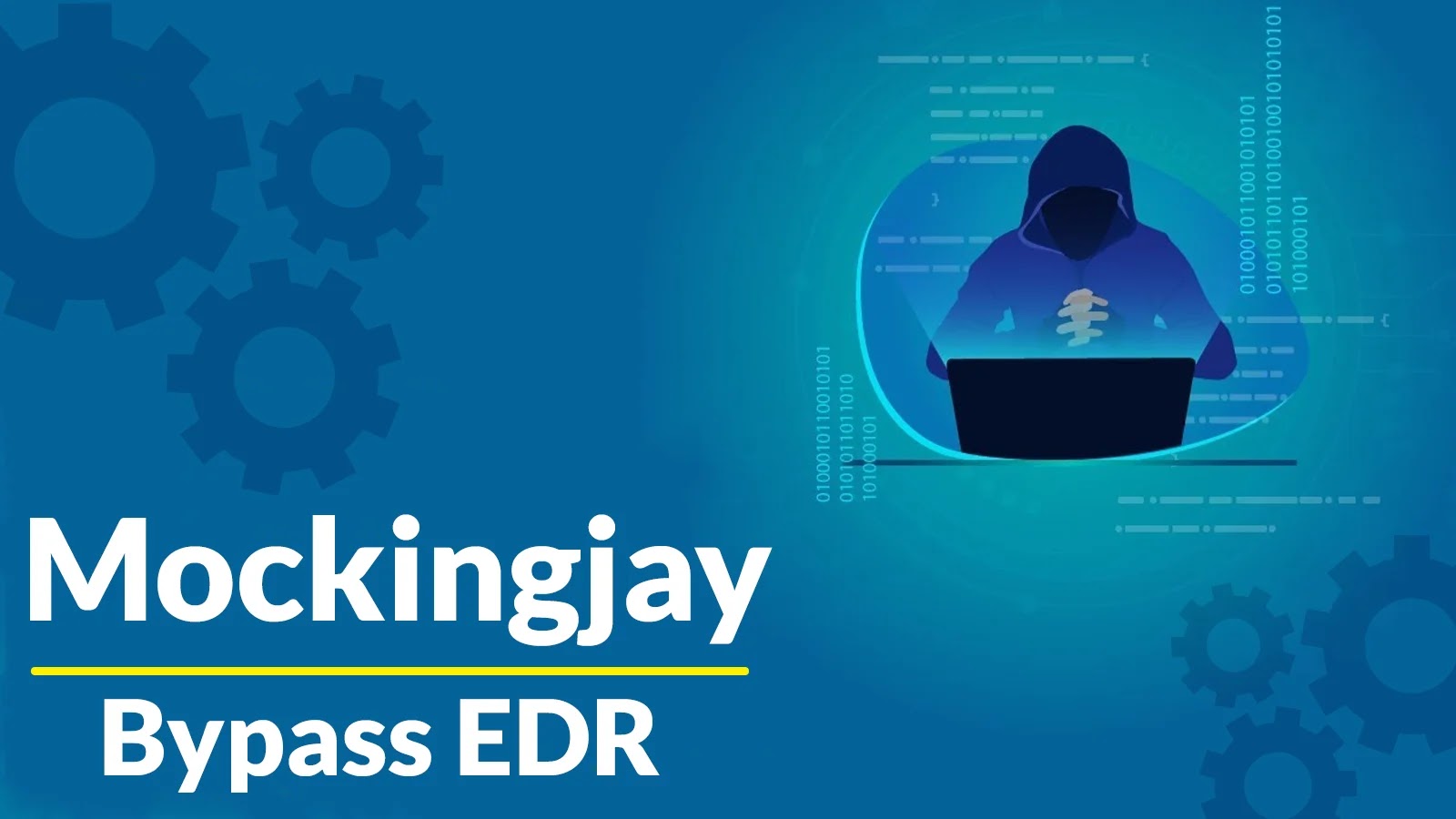Mockingjay – A New Injection Technique to Bypass Endpoint Detection and Response (EDR)

The cybersecurity researchers at Security Joes no longer too prolonged within the past found a fresh injection design that is dubbed “Mockingjay.”
The threat actors might perhaps perhaps perhaps perhaps also actively exploit this newly found injection solution to hasten and close malicious code on compromised systems by evading the EDR (Endpoint Detection and Response) and other security options.
Utilizing DLLs with RWX sections, this kind with out problems bypasses the EDR hooks and injects code into a long way off operations.
By injecting code into trusted running processes, the task injection enables threat actors to shut undetected malicious code.
Attackers spend Windows APIs, design calls, task/thread creation, and task reminiscence writing in these ways.
Security tools can detect and intervene in suspicious incidents by monitoring inform actions talked about above.
The next issues differentiate the Mockingjay from others that allow it to evade several detection probabilities:-
In most cases abused Windows API calls are no longer old
- Space particular permissions
- Place reminiscence allocation
- Start a thread
Process Injection Suggestions
Here below, we contain talked about your entire task injection strategies:-
- Self-Injection: This design is repeatedly demonstrate in malware packers and does no longer affect any external task; rather, the task executing the injection is an identical task that receives the injected payload.
- Classic DLL Injection: This design injects a malicious DLL into the reminiscence dwelling of every other task. In this case, the malicious pattern must first name the inform task it intends to goal, allocate a fraction of reminiscence within it and compose a thread to originate up the execution of the malicious DLL from disk.
- PE Injection: This design maps a entire Transportable Executable (PE) file into the reminiscence dwelling of a running task. It allocates a fresh reminiscence part actual by the goal task, that can attend as the commute field for the payload. The contents of the payload are then dynamically mapped onto this reminiscence part using its relocation descriptors and the absolute contend with of the part, imitating the functionality of the Windows Loader.
- Process Hollowing / Scuttle PE: In this kind, the customary code and sources of the goal task are changed or removed, leaving on the back of easiest the bare task framework. The hollowed task then turns actual into a bunch for the injected malicious code, allowing it to shut below the guise of a legit task.
- Thread Execution Hijacking: This design is old to compose modify of the execution float within a task by redirecting the execution of a goal thread to arbitrary code. It enables an attacker to manipulate the habits of a running task with out growing a fresh task or editing the underlying code.
- Mapping Injection: By utilizing the NtMapViewOfSection, the malicious code is mapped into the goal task from an existing part, managed by the attacker. This near eliminates the requirement to explicitly allocate RWX sections and avoids the need for separate payload roar material copying. The malicious code come what might perhaps turns into portion of the goal task’s reminiscence dwelling, allowing it to shut actual by the context of a actual module.
- APC Injection and Atombombing: This design manipulates the Asynchronous Process Call (APC) mechanism within the Windows running design to inject and close malicious code in a goal task.
- Process Doppelganging: This design is old in malware roar to hide malicious processes by growing a task with a legit appearance. It involves utilizing transactional NTFS (TxF) and Windows task loading mechanisms to compose a fresh task that seems to be to be like an existing, legit task however runs malicious code as an different.
Mockingjay Bypass EDR
Researchers aimed to encounter a weak DLL with a default RWX part, enabling effortless modification of its contents for loading atrocious code.
This bypasses the need for added steps like acquiring more permissions, that would alert security tool.
Security Joe’s analysts, on their DLL search, stumbled upon Visual Studio 2022 Community’s msys-2.0.dll, wearing a 16 KB default RWX part.
Following that, the crew devised two injection ways, and here they are talked about below:-
- Self-injection
- Distant task injection
For the initial scenario, “nightmare.exe,” a custom software program that straight away loads the weak DLL using two Windows API calls into its reminiscence.
This bypasses the reminiscence allocation or permission settings and gives inform entry to the RWX part.
Whereas at this level, EDR gets told in regards to the creation of a fresh task and promptly adds its bear dynamic library to it after the software program is launched.
After execution, the EDR alters byte code to modify targeted capabilities actual by the in-reminiscence NTDLL.DLL copy.
Following that, the “Hell’s Gate EDR unhooking” design exploits NTDLL.DLL, a fresh design module, to extract syscall numbers.
These numbers bypass EDR hooks, enabling undetected execution of the injected shellcode.
Exploiting msys-2.0.dll’s TWX part, the 2nd near injects a payload into the “ssh.exe” task remotely.
In this scenario, the injected shellcode loads the DLL file “MyLibrary.dll” to provoke a reverse shell connection with the attacker’s machine.
PoC Video
Here below, we contain talked about the PoC video:-
Here below, we contain talked about your entire APIs which might perhaps well perhaps perhaps perchance be repeatedly monitored by EDR options and gathered in task injection assaults:-
- WriteProcessMemory
- NtWriteVirtualMemory
- CreateRemoteThread
- NtCreateThreadEx
That’s why the Mockingjay minimizes the prospect of triggering alerts. In narrate of relying totally on EDR options, Security Joes’ ‘Mockingjay’ roar highlights the need for sturdy and complicated security approaches.
Source credit : cybersecuritynews.com

